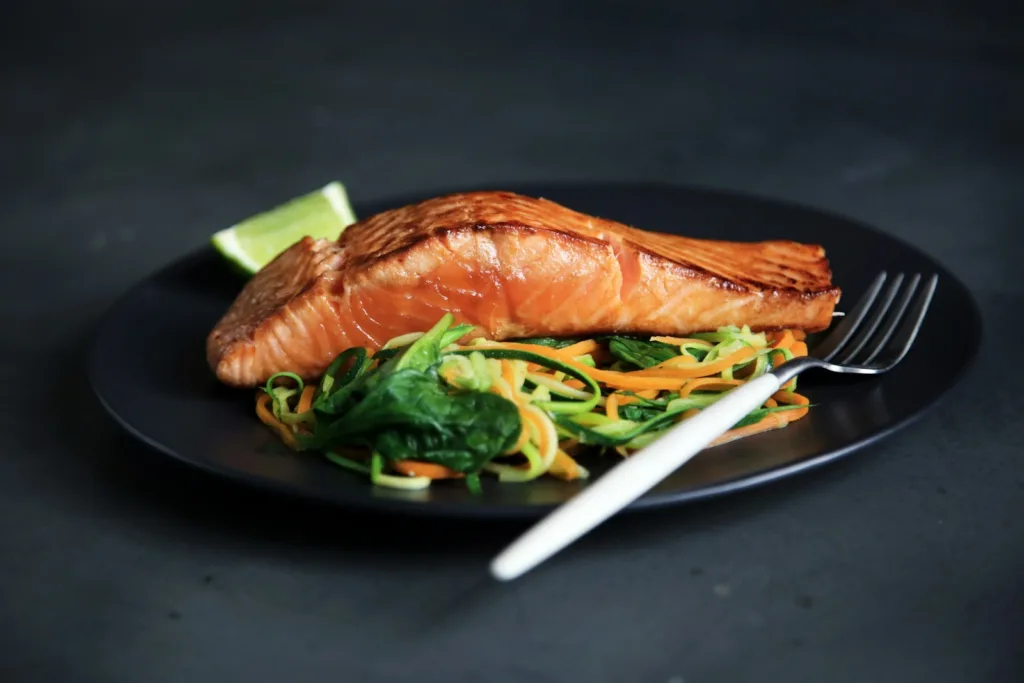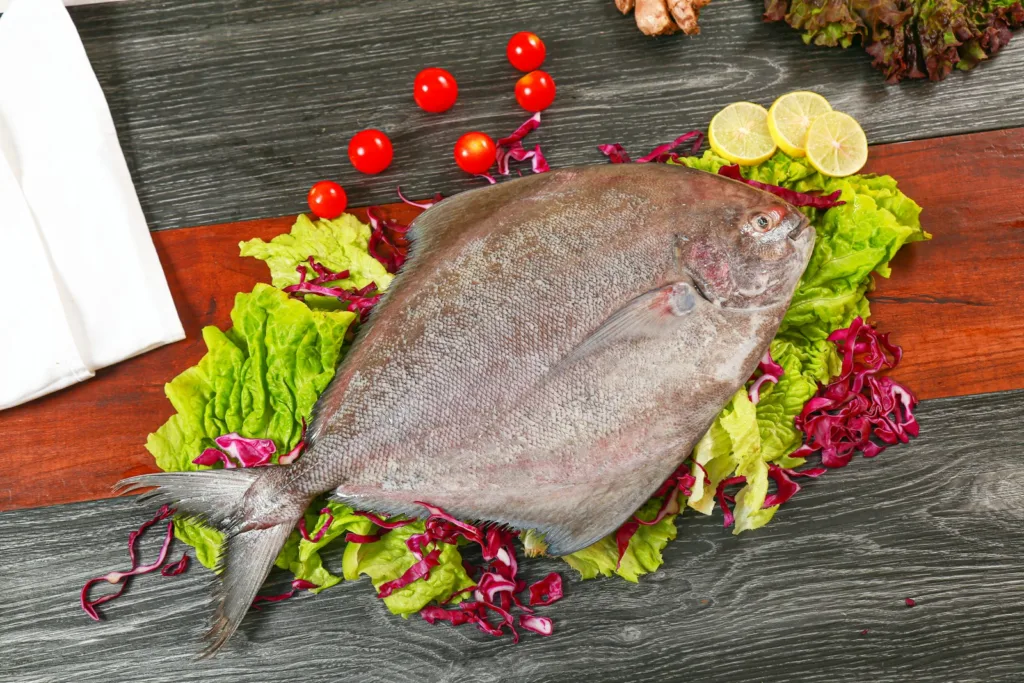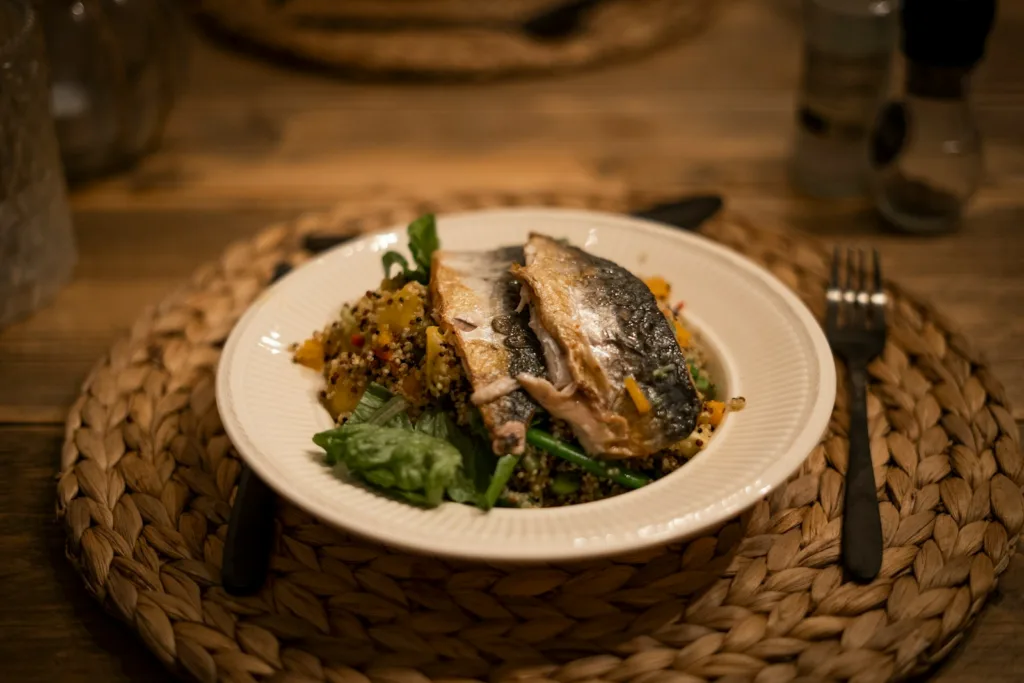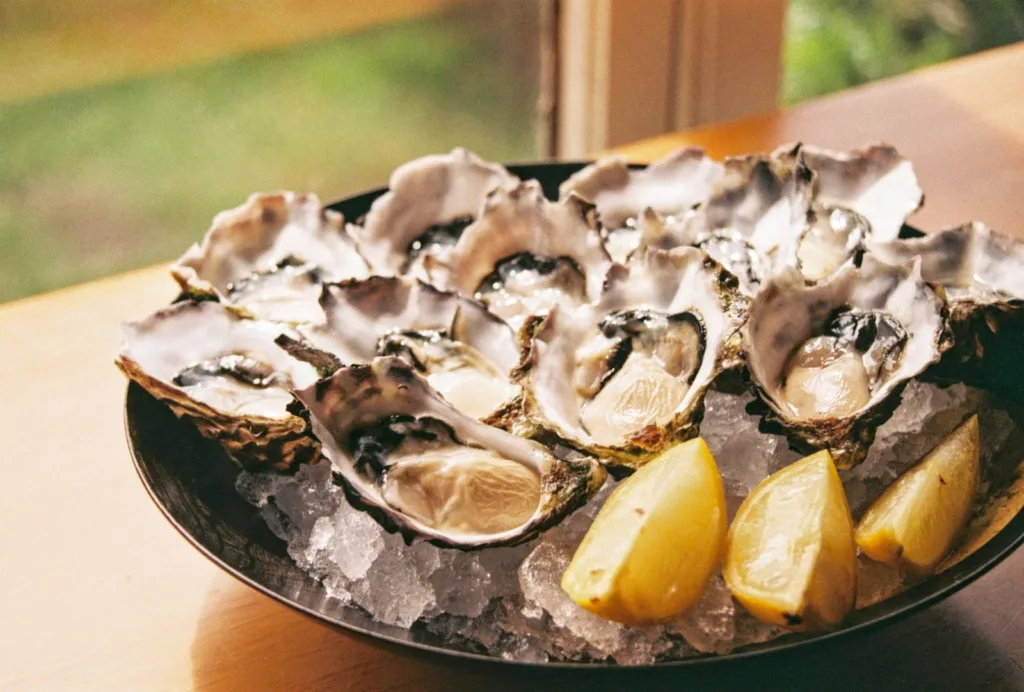The synthesis and maintenance of strong bones depends on vitamin D. Your body needs calcium and phosphorus for healthy bones and teeth, and it helps with their absorption.
Studies on the effects of vitamin D on diabetes, cancer, heart disease and immunity are beginning to reveal more health benefits. The evidence is conflicting, however.
To maintain your body’s health, it’s important to get the recommended amount of vitamin D each year. You can achieve just that by using these 20 top sources of vitamin D!
Table of Contents
High quality vitamin D source
Sunlight

When exposed to sunlight, the human body can produce vitamin D naturally. According to research, 5 to 30 minutes of sun exposure on the face, arms, legs, or back at least twice a week during peak summer hours (10 a.m. to 3 p.m.) is recommended. ) usually has adequate synthesis of vitamin D.
Living at high latitudes, experiencing winter, getting older, having darker skin, or constantly covering your skin with clothing or sunscreen are some of the changes that hinder this. It goes without saying that protecting yourself from the sun is important given the damaging effects of direct sunlight on the skin.
Vitamin D supplements
Vitamin D is in most multivitamins. Individual vitamin D supplements are also available for use. For individuals over 50 years of age and infants who receive only or partial care, supplements are advised.
Always consult a doctor or trained nutritionist before purchasing vitamin D tablets. As with any vitamin supplement, taking too much can be harmful.
Salmon

If you’re looking for foods high in vitamin D, salmon usually comes out on top. Since vitamin D is a fat-soluble vitamin and salmon is a fatty fish, both are complementary. It is affected by the amount of vitamin D in salmon or wild salmon; Larger concentrations are observed in wild salmon.
Herring

The biggest source of vitamin D is this small fish. Rich in protein and omega-3 polyunsaturated fatty acids, it can be consumed fresh, canned, smoked or pickled. Herring is a cheap, readily available and healthy fish.
Sardines

Sardines are a great option if you want to add a little salty flavor to your dinner and more vitamin D at the same time. Sardines are low in iron, niacin, and vitamin A, but they are an important source of calcium, vitamin B12, and vitamin D. If you want to cut back on salt, consider switching to another fatty fish.
Halibut

Another fish that is rich in minerals and has increased levels of vitamin D is halibut. In addition, halibut is a fantastic source of omega-3 fatty acids, B vitamins and selenium – all elements that your body needs to function optimally and reduce the harmful effects of chronic inflammation.
Mackerel

Regular mackerel fillets are one of the best sources of vitamin D as they contain more than 100% of the daily requirement for most adults. Like many other fatty fish, mackerel is an excellent source of protein, selenium and omega-3 fatty acids.
Tuna

Tuna, even canned, is a convenient way to get vitamin D. Eating tuna has many health benefits, especially when it is packed in water rather than oil. It is generally better to buy canned tuna in water because it contains fewer calories and more beneficial omega-3 fatty acids.
Oysters

If you’re looking for a seafood dish that’s high in nutrients but low in calories, consider adding some oysters. Oysters are surprisingly high in zinc and vitamin D. Although restaurant oysters can be expensive, you can always buy some at the fish market and shuck them at home, or buy canned oysters.
Shrimp

Although shrimp is thought to be high in cholesterol, the issue of cholesterol is more complex than previously thought, especially when comparing the amount of saturated fat. Shrimp contains omega-3 fatty acids and is significantly lower than meat. In addition, shrimp is high in protein, iron, selenium and vitamin D. Breaded or fried shrimp for a healthier option.
Egg yolk

If you’re eating egg whites, you’re missing out on a lot of nutrients! The yolk contains the most beneficial fats, vitamins, minerals and vitamin D, while the egg white contains most of the protein. Compared to chickens raised indoors, eggs laid outdoors in a sun-loving environment have higher levels of vitamin D.
Cow’s milk

For human consumption, vitamin D is added to cow’s milk in many nations. Food intake of vitamin D is regulated, ensuring that everyone has access to high-quality sources of this important nutrient. You should read nutrition labels carefully because not all cow’s milk is fortified everywhere in the world or even in a single nation. Vitamin D fortification should also be applied to powdered and evaporated milk.
you may also like : Vitamin D Supplement Optimal Timing: Unveiling the Best Time to Take Your Vitamin D?

